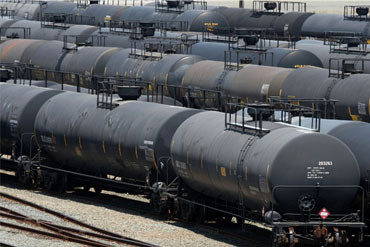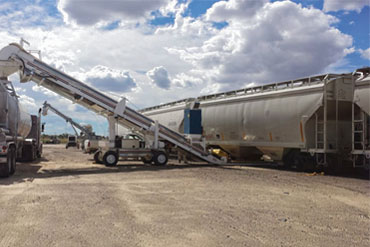


Without offering specific costs, McCrea acknowledged the project cost a lot of money, time, effort, and stress. McCrea, the co-chief executive of Energy Transfer, said Wednesday during the company’s quarterly earnings call with investment analysts. “Gosh, we are so happy to be at the end of the road on Mariner after all these years,” Marshall S.

Sunoco Pipeline was able to expand the pipeline corridor by eminent domain, piggybacking on its long-standing status as a public utility, which generated additional antipathy to a fossil fuel project that was primarily tied to exports. The Mariner project drew especially strong resistance in Delaware and Chester Counties, where two new Mariner pipelines weave through suburban neighborhoods, largely following the path of a smaller 1930s gasoline pipeline that was converted in 2014 to handle the new fracked gas liquids. To little fanfare, the pipeline project was completed in February, about three years behind schedule due to construction problems, permit suspensions by regulators, and forced redesigns to reduce the project’s harm to private wells and waterways. And last year Pennsylvania Attorney General Josh Shapiro announced a criminal indictment of Energy Transfer related to spills and leaks of drilling mud at nearly two dozen locations across Pennsylvania, including Marsh Creek State Park in Chester County. Sunoco Pipeline, the Energy Transfer subsidiary that built the project, drew $24 million in fines from Pennsylvania regulators during construction, according to a tally by the PA Environment Digest blog. Though Marcus Hook can receive some products by truck and rail, most of the gas liquids that disembarked from Marcus Hook arrived via the Mariner East system, which costs less and is safer than using trucks or rail.įew projects have caused as much uproar as Mariner East. Myhre, director of operations for the Maritime Exchange. While other industrial sectors stalled during the pandemic, the number of vessels loaded with propane, butane, and ethane at Philadelphia-area wharves jumped 61% in the last two years.Įach vessel requires the services of a river pilot, tugboats, stevedores, and suppliers, said Paul R. Gas liquids are a byproduct of natural gas production, as well as oil refining.īy last year, 328 tankers left Delaware River terminals carrying shipments of gas liquids, or nearly one out of four of the 1,346 cargo vessels that set sail from the region (container vessels accounted for the majority). Almost all the products were piped into Marcus Hook via the controversial Mariner East Pipeline system, the fuel transportation network whose protracted construction was hugely disruptive along its 350-mile route but finally seems to be delivering on its promise as an economic engine.įor all of 2011, when shale gas extraction was picking up momentum in Pennsylvania, only one vessel departed Delaware Bay loaded with gas liquids, according to data supplied by the Maritime Exchange for the Delaware River and Bay, a trade group for the shipping industry. The fuels - propane, butane, and ethane - were destined for markets in Europe, the Caribbean, Asia, Africa, and South America, where they’re used for heating, motor fuel, and as raw material for petrochemical manufacturing. Nearly once a day last year, a large tanker sailed up the Delaware River and docked at Marcus Hook Terminal to take on a cargo of liquid fuel, produced mostly from the Marcellus and Utica Shale formations in Western Pennsylvania and neighboring states.


 0 kommentar(er)
0 kommentar(er)
